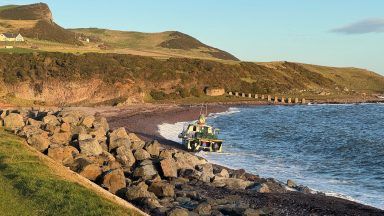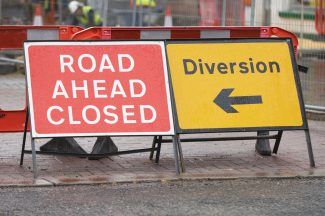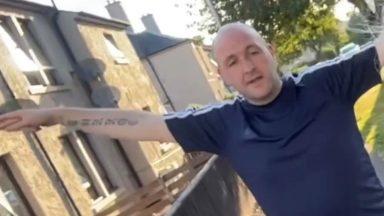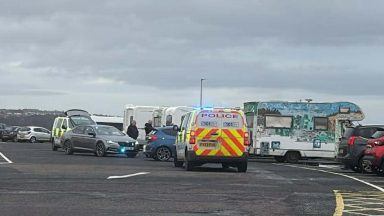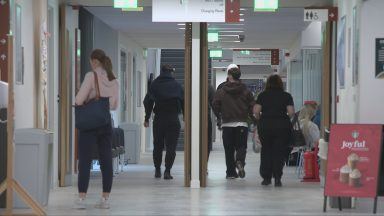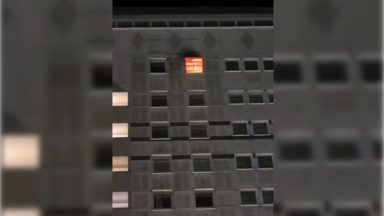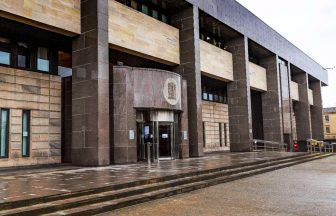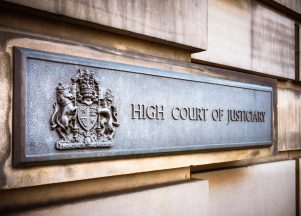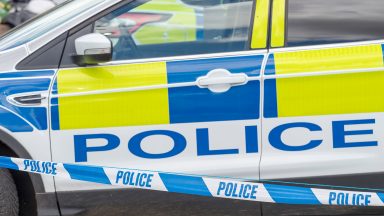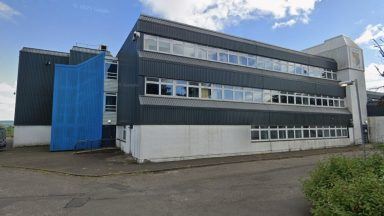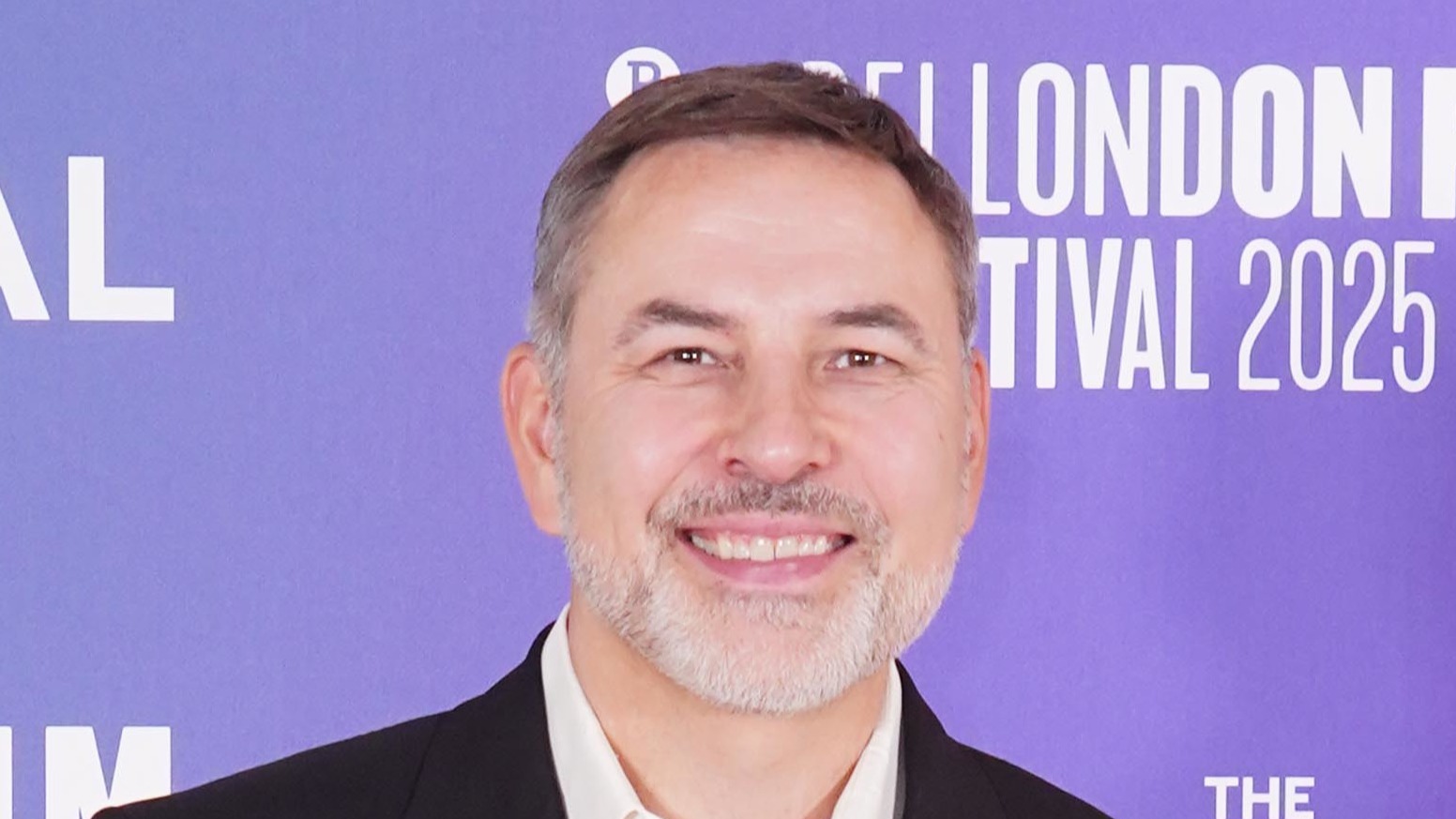The medical director of a health board has told a public inquiry that “we did not get what we expected” with a flagship hospital at the centre of infection concerns.
The Scottish Hospitals Inquiry heard evidence on Thursday, October 10, from Dr Jennifer Armstrong, the medical director of NHS Greater Glasgow and Clyde, which runs the Queen Elizabeth University Hospital (QEUH) campus in Glasgow.
The inquiry is currently investigating the construction of the QEUH campus, which includes the Royal Hospital for Children.
It was launched in the wake of deaths linked to infections, including that of 10-year-old Milly Main.
Dr Armstrong said to the inquiry: “I thought we were getting a fantastic hospital, because we’ve been working so long for this, but we did not get what we expected.”
She said she first became aware of issues with the hospital in the middle of 2015.
She said she learned wards intended for adult and child bone marrow patients, and for people with infectious diseases, were not “fit for patients”, with holes in the walls and no Hepa air filters.
The problems were such that within months of being brought into the QEUH, adult bone marrow patients were moved back to their previous accommodation at the Beatson facility.
Lead counsel to the inquiry Fred Mackintosh KC asked Dr Armstrong whether after learning of the issues she became “suspicious of whether the project team and/or the contractor had done their jobs properly”.
He added: “You were the medical director, and so you could have said: ‘I want to know what else is wrong.’
“Because we do know now that there were problems with the water system and there were problems with the general ventilation, but you didn’t find those out.
“And it may be, and I’ll put it out to you that you didn’t ask, and maybe you should have done.”
She replied that she did not think it was in the “remit of the medical director to look at the areas that you’re talking about”.
She continued: “When we had problems with the bone marrow transplant units and indeed any other problems that arose, then I was very, very keen on sorting it out as well as keen on the patient safety aspect.
“But it is not within the remit of, I believe, any medical director to actually then go into the estates side and be able to ask questions around, ‘what was the water system like?’
“That is actually the responsibility of the project director, the director of estates and the general management system.”
She was also asked about her handling of concerns raised on a number of occasions by infection control doctors (ICDs) regarding patient safety in the affected wards.
These included some staff using the hospital’s whistleblowing procedures to escalate concerns around the ventilation and water systems at the hospital that they felt were not being taken seriously by management.
Dr Armstrong accepted those raising concerns had been acting in accordance with the “duties they hold under good medical practice” and that they were bringing up “good points”.
However she said there were “other ways it could have been dealt with before it reached me”.
She added that while she did not think senior management had been “withholding” information from ICDs, she accepted there should have been better systems in place for “cascading” information to them about the actions the hospital was taking to address the problems they were raising.
She also denied that a meeting she had with whistleblowers in 2017 had been “difficult” or “intimidating”, or that at one point during the meeting she had told Dr Christine Peters, who was one of the whistleblowers, she was “head of nothing”.
She was also asked whether it would have been better if the hospital had been built “in conformity to the guidance” in the first place, given its £800m price tag.
She replied: “I think if it would have avoided all the issues that we had, that would have been fantastic, because the stress the patients were put under, particularly the 2A (paediatric bone marrow transplant) patients, was enormous.
“So absolutely, I think that we should have had that.”
The inquiry continues.
Follow STV News on WhatsApp
Scan the QR code on your mobile device for all the latest news from around the country


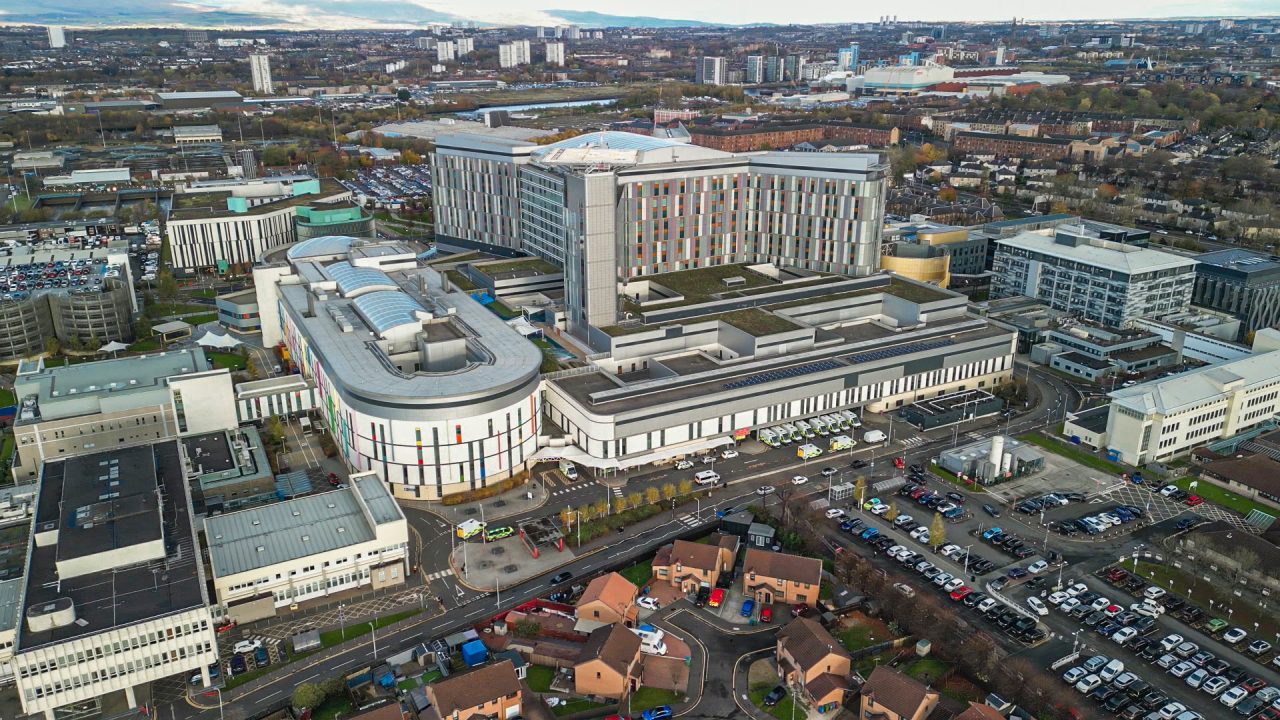 STV News
STV News

